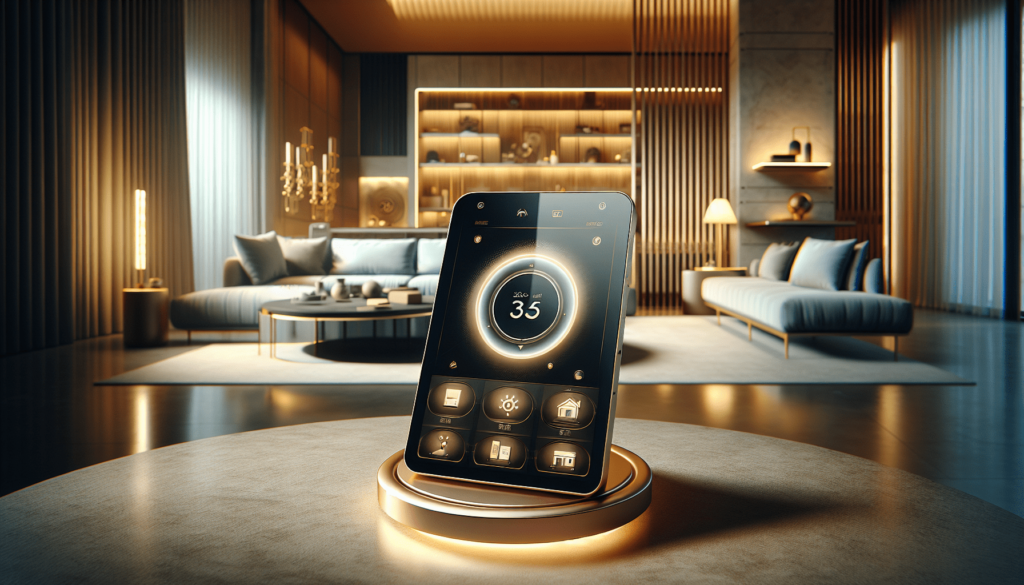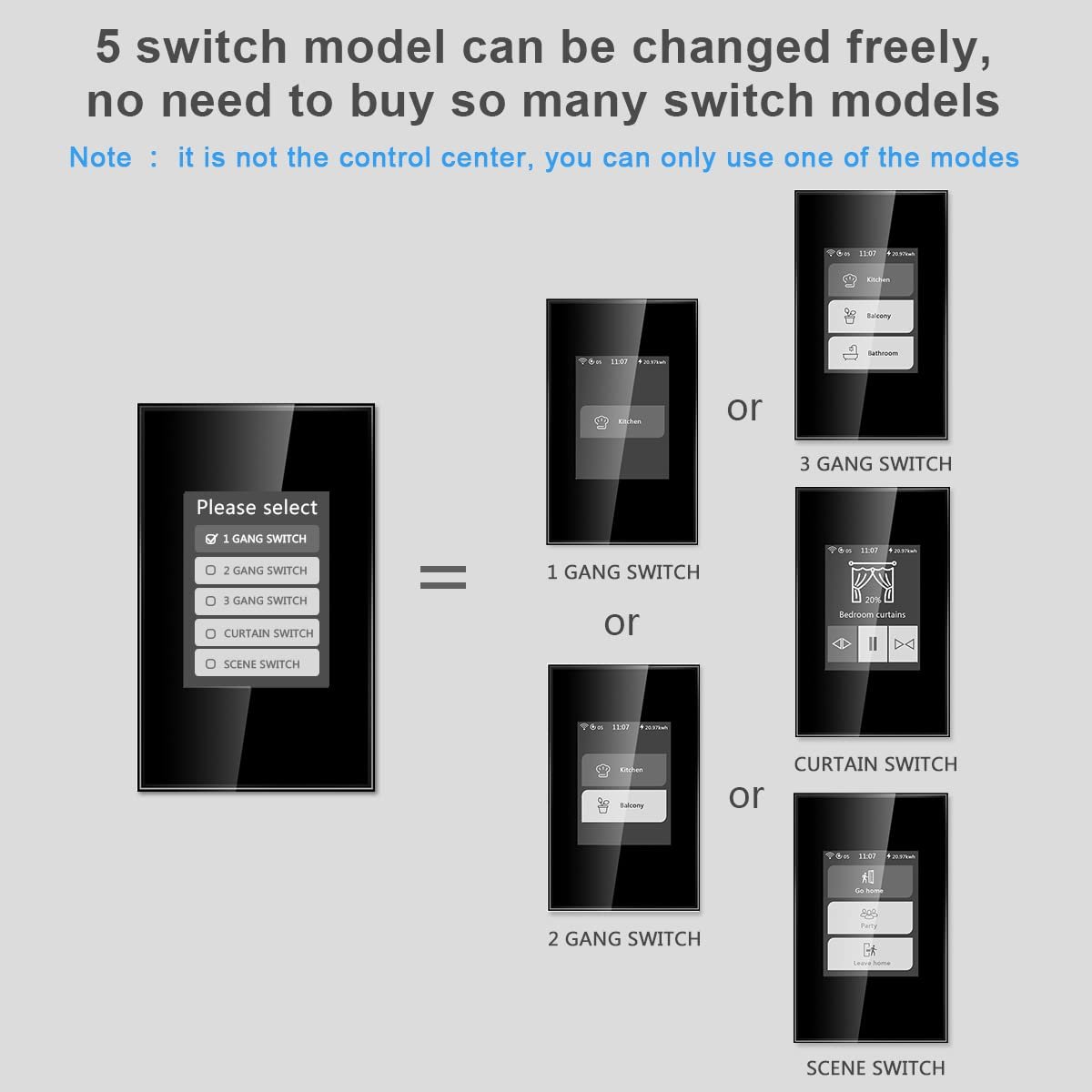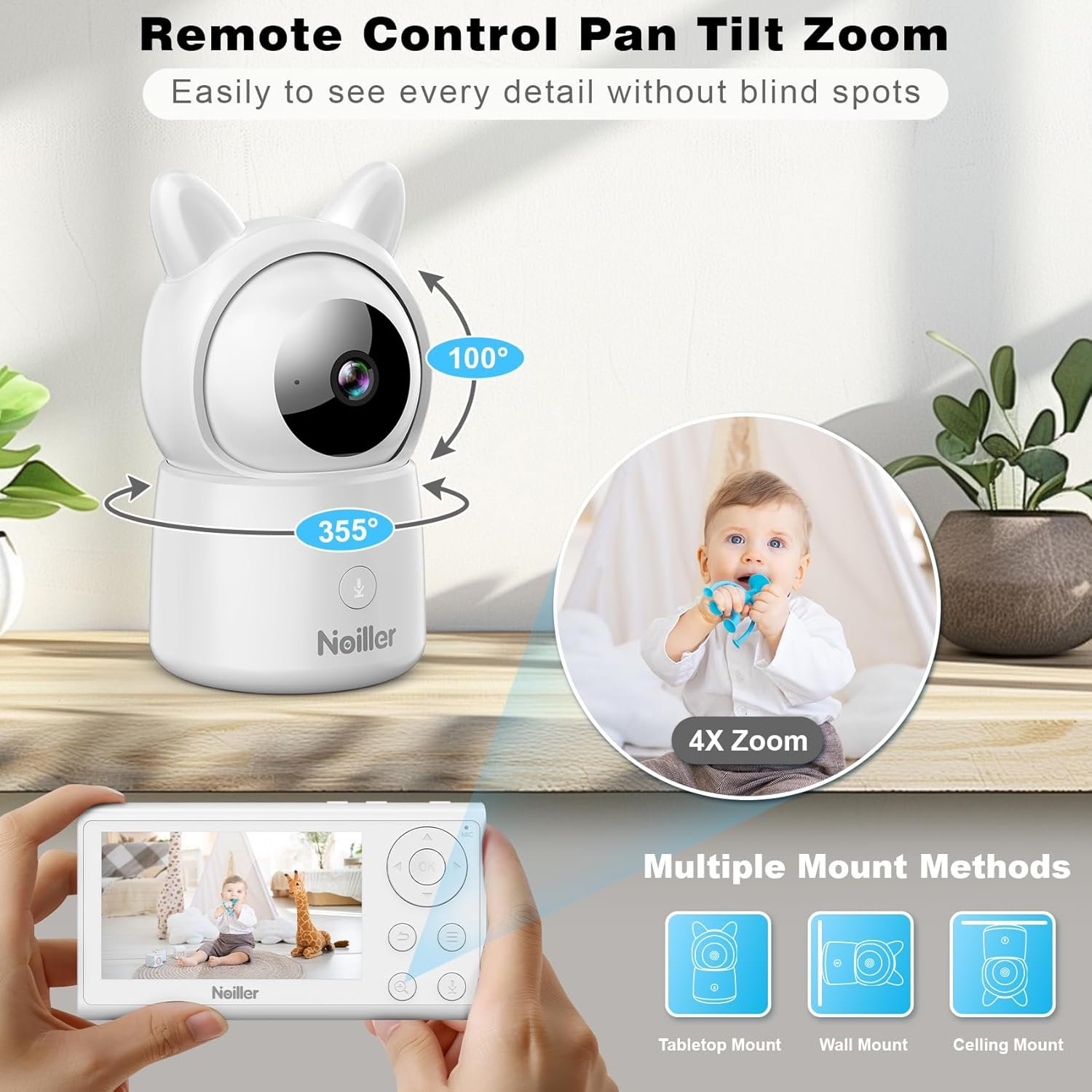Have you ever wondered about the best ways to integrate smart technology into your home for an enhanced living experience? Incorporating smart home apps can substantially transform your environment, offering convenience, security, and energy efficiency like never before. Whether you’re a homeowner looking to upgrade, a renter seeking non-permanent solutions, or someone exploring smart technology for the first time, understanding the key aspects of smart home apps can help you make informed decisions that align with your lifestyle and budget.
Understanding Smart Home Technology
At its core, smart home technology refers to devices and applications that can be connected through a network to enhance the functionality and efficiency of your living environment. These devices communicate through the internet, enabling you to control aspects of your home—from lighting to security systems—through your smartphone, tablet, or voice-activated assistants. The integration of smart home technology aims to simplify everyday tasks, improve safety, and contribute to a more sustainable lifestyle.
The Scope of Smart Home Devices
Smart home devices encompass a wide array of products designed to make home management more convenient and efficient. These include:
- Smart Speakers and Displays: Devices like Amazon Echo or Google Nest facilitate voice commands to control other smart products.
- Smart Lighting Systems: Bulbs and switches that allow for remote control and automation.
- Smart Thermostats: Devices that learn your schedule to optimize heating and cooling, ultimately saving energy.
- Smart Security Systems: Cameras, alarms, and locks that enhance your home’s security measures.
- Smart Appliances: Refrigerators, ovens, and washing machines that can be controlled or monitored remotely.
Benefits of Smart Home Living
The advantage of smart home living extends beyond mere convenience. Notable benefits include:
- Energy Efficiency: Smart devices optimize energy usage, reducing bills and environmental impact.
- Enhanced Security: Real-time monitoring and notifications for unusual activities.
- Increased Convenience: Control and automation of home routines via mobile apps or voice commands.
- Personalization: Tailor your living environment according to your preferences with ease.
Cost and Value Considerations
Introducing smart technology into your home involves an initial investment, but it’s crucial to consider the long-term value and return on investment that such technology offers.
Initial Installation Costs
While smart home devices are available at various price points, high-quality devices generally demand a higher initial investment. Costs can range from affordable options like smart bulbs to more significant investments such as comprehensive security systems.
Long-term Savings and ROI
Smart devices, while financially demanding upfront, often lead to reduced operational costs. For instance, smart thermostats adjust heating and cooling patterns for efficiency, leading to lower energy bills. Additionally, security enhancements can potentially lower insurance premiums, providing further savings.

Evaluating Smart Home Apps
Smart home apps serve as the control center for your connected devices, guiding seamless integration and management of your smart home ecosystem. When evaluating apps, consider compatibility, features, user interface, and reviews.
Top Smart Home Apps for 2025
Considering ease of use, functionality, and customer satisfaction, here are some of the best smart home apps you can explore:
Google Home
Google Home stands out for its intuitive design and comprehensive device compatibility. With Google Assistant, you can effortlessly control various smart devices through voice commands or the app interface. Its strengths lie in its seamless integration with Google services and wide-ranging support for third-party devices.
Amazon Alexa
Dominating the voice assistant market, Amazon Alexa offers extensive integration with numerous smart gadgets. The Alexa app provides customizable routines, skill development, and device grouping, enhancing your ability to automate and manage home settings efficiently.
Apple HomeKit
For Apple enthusiasts, HomeKit is a choice that streamlines control with a focus on privacy. The Home app, paired with Siri, facilitates a user-friendly approach to managing compatible smart devices. While device compatibility may not be as broad, the focus on security and ecosystem integration is appealing.
Samsung SmartThings
Samsung SmartThings excels in its capacity to connect a plethora of devices from various manufacturers. With a strong emphasis on automation, the SmartThings app allows you to set complex routines and automate responses to specific triggers, optimizing the functionality of your smart home.
Practical Setup Guides
Implementing smart home technology might appear daunting initially, but understanding the basics of setup can simplify the process considerably.
Step-by-Step Integration Process
- Identify Needs: Prioritize which aspects of your home you’d like to make smart, whether lighting, security, or climate control.
- Research Products: Investigate compatible products that meet your budget and requirements.
- Install Devices: Follow manufacturer instructions for physical installation, ensuring devices are within range of your Wi-Fi network.
- App Setup: Download the corresponding app and follow prompts to connect devices to your network.
- Customization: Utilize app features to set preferences, create routines, and enjoy automated control.
Troubleshooting Common Issues
Occasionally, you might encounter technical hiccups during setup. Common issues often involve network connectivity or device compatibility. Most apps provide troubleshooting guides, and consulting community forums can offer additional insights and solutions.

Security and Privacy Considerations
While smart home technology enhances security, it’s essential to be informed about potential privacy implications and adopt measures to safeguard your data.
Potential Risks
- Data Privacy: Information collected by smart devices can be susceptible to breaches if not secured properly.
- Device Vulnerabilities: Without regular software updates, devices may become vulnerable to cyber threats.
Best Practices for Security
- Regular Updates: Ensure devices run on the latest firmware to patch any security vulnerabilities.
- Network Segmentation: Use a separate Wi-Fi network for smart devices to minimize risk.
- Strong Passwords: Utilize complex passwords and enable two-factor authentication where possible.
Energy Efficiency and Sustainability
Smart home devices can contribute significantly to more sustainable living. Understanding how to maximize these benefits is key to achieving cost-effective energy management.
Smart Energy Solutions
- Smart Thermostats: Learn user preferences to optimize heating and cooling.
- Energy-Saving Lighting: Automate lighting to conserve energy, such as dimming or turning lights off when not in use.
- Efficient Appliances: Remote diagnostics and usage monitoring enable efficient appliance operation.
Real-World Impact
Data from users indicate consistent reduction in energy consumption, affirming the financial and environmental benefits. As these devices evolve, opportunities for further optimization and savings will expand.
Compatibility and Connectivity
A major factor in choosing smart home technology is ensuring devices are compatible and connect seamlessly across platforms and products.
Hub and Platform Connectivity
- Universal Hubs: Devices like SmartThings or Hubitat connect a versatile range of devices from different brands.
- Voice Assistant Integration: Most devices now sync with leading voice assistants, providing additional layers of control.
Avoiding Compatibility Pitfalls
Research each device’s compatibility with your existing ecosystem. Consider opting for devices that promise updates to stay consistent with evolving technology standards.
Future-Proofing and Innovation
The field of smart home technology is dynamic, presenting continuous advancements that promise to redefine home living.
Emerging Trends
- AI and Machine Learning: Enhanced personalization and predictive adjustments tailored to your habits and preferences.
- Sustainable Tech: Increased focus on devices that enhance eco-friendliness.
- Interconnectivity: Efforts to create standardized protocols ensuring wider device compatibility.
Preparing for the Future
To future-proof your smart home, consider investing in devices with a reputation for long-term support and regular updates. Staying informed on industry trends ensures you remain prepared for upcoming innovations.
In conclusion, integrating smart home apps is not just about keeping up with the latest tech but significantly enhancing how you live. By carefully choosing the right apps and devices tailored to your needs, you can enjoy a more connected, efficient, and secure environment. Whether you’re aiming for energy efficiency, convenience, or increased security, the right set of smart technology can transform your everyday life into one that’s both enjoyable and manageable.




